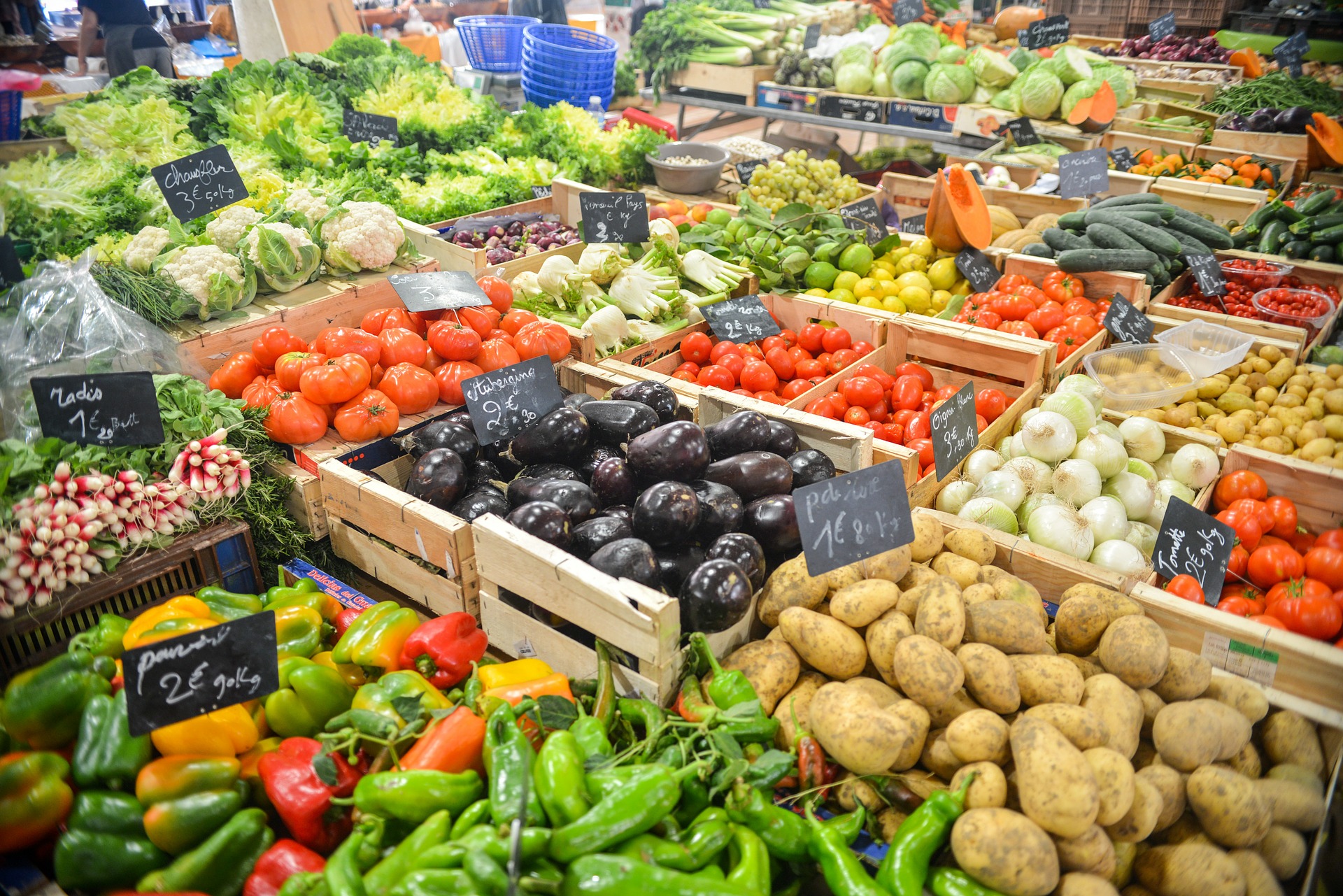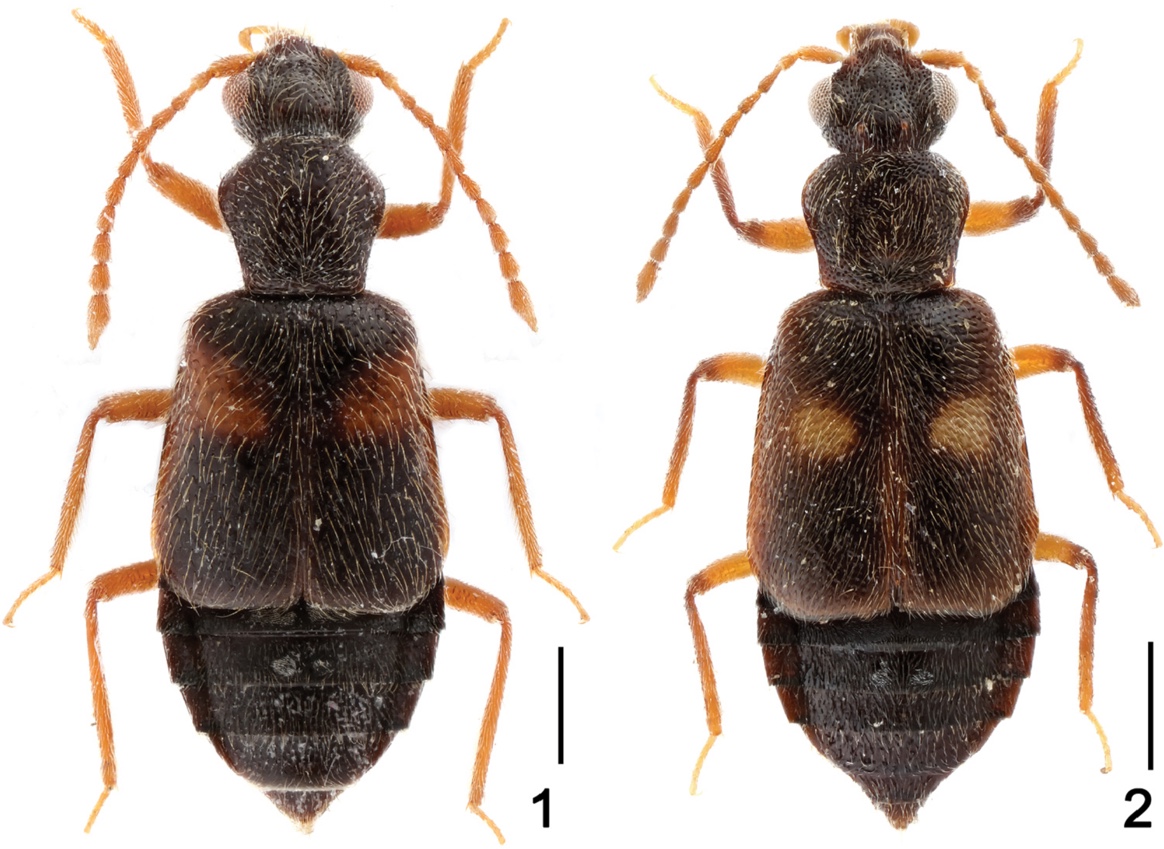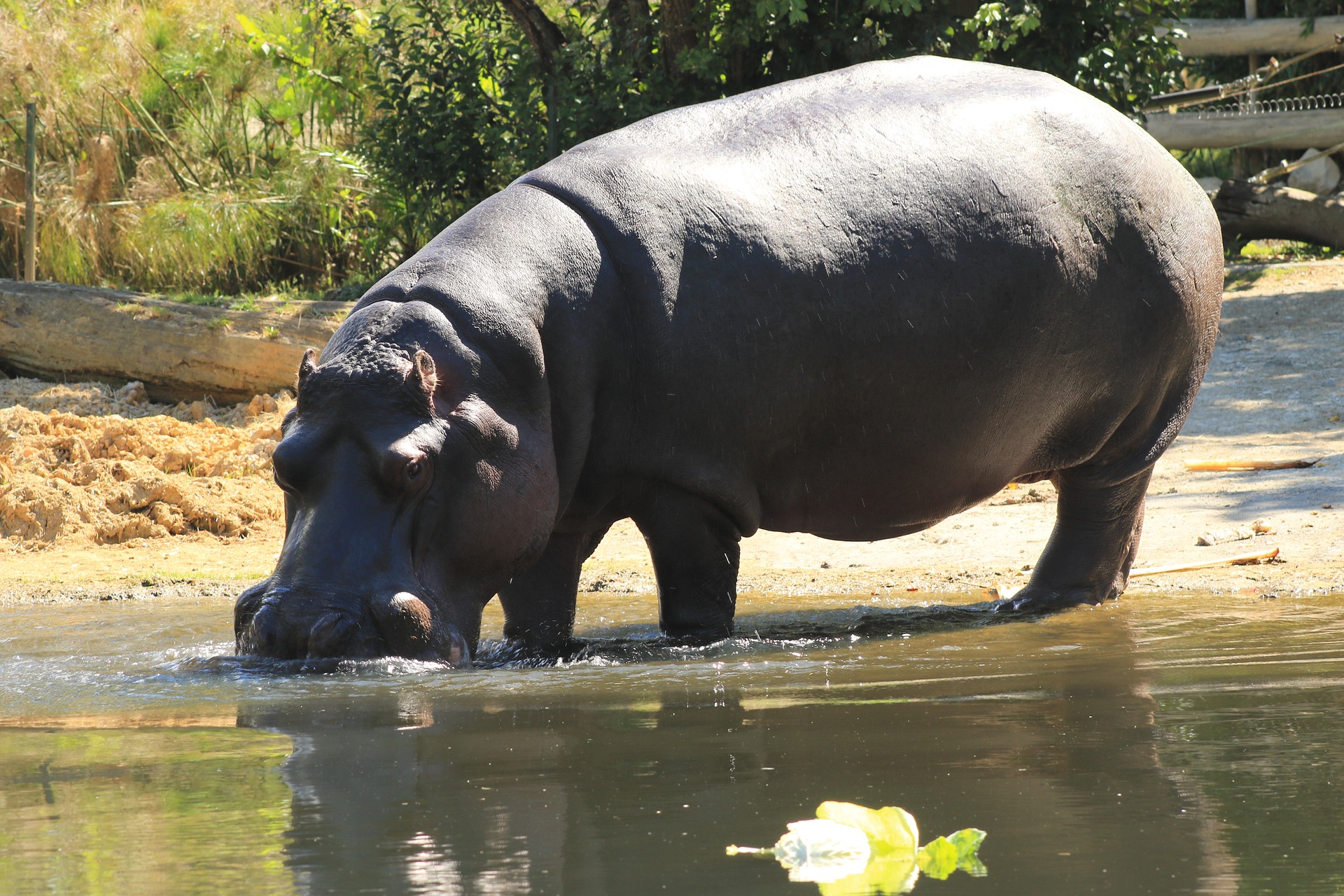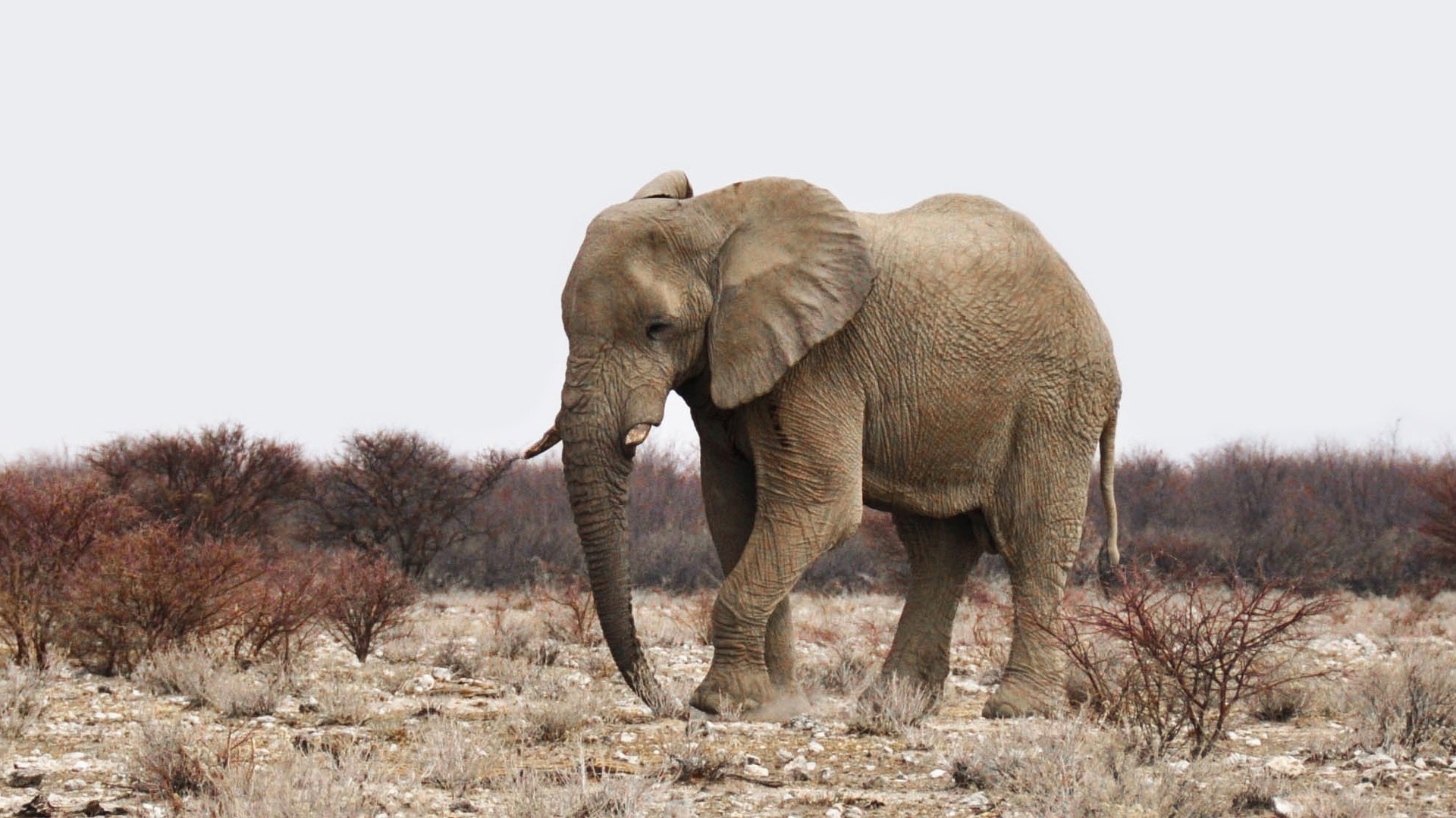Structures
Why Classify?
MINDS ON
Classification
Classification is the action or process of classifying something according to shared qualities of characteristics. We classify items all of the time. Go to any market and you will find the produce separated into various groupings based on its use and variety.

What about a used record store? The vinyl you see below is categorized based on genre and artist. Could you imagine trying to find a specific record if no classification system was used?

favourite artists as efficient as possible.
It is obvious that categorizing objects into groupings based on various attributes can make our everyday lives much easier. So, why do you think we need classification in biology? What would be the advantage to us as humans to classify the life forms found on Earth?
 Why Classify?
Why Classify?
Take a few minutes to ponder those questions above:
- Why do you think we need classification in biology?
- What would be the advantage to us as humans to classify the life forms found on Earth?
Come up with three ways in which classification can be useful in biology and add these ideas to your Portfolio. The Portfolio is similar to a binder or a workbook to keep track of important details and concepts.
If you are unsure how to answer the question above, reflect on what a biologist does. Do a quick Internet search to see the main duties of biologists and the different branches of this science that exist - as well as the importance of classification. Along the way, you just might stumble onto a career in biology that you never considered before!
Check out this biologist's job! Use the 360o controls to get a good look at her work setting, and try to think of how classification can come into play in this environment.
ACTION
Classification in a Biological Context
Let's create a classification system to categorize all of the life on our planet?
That's a lot of life!
Before going much further, let's quickly review what it means to be alive. Take a minute to write down all the aspects of life that you remember from earlier courses. When you are finished, watch this video about the characteristics of life to see how well your memory works!
Obviously, classifying all life seems like a daunting task but don't worry! You will not be expected to create an organizer that actually lists the name of every single organism on Earth! However, there is a way to represent every known species and any other species yet to be discovered.
Starting in the next activity, you will create an organizer that will divide life into a series of managable groups using taxonomy.(definition:The science of defining and naming groups of biological organisms on the basis of shared characteristics.) As you work through this unit, you will continually develop and add additional information to your organizer.
What Does it All Mean?
Without classification, even the smallest task in our lives would become difficult. Just imagine what it be like to go to a market where all the items were randomly arranged! We seem to thrive on order, and classification gives us that order we crave. Biologists also use classification in order to make sense of the living world around us.
In the Consolidation task, you will try your hand at classifying two common organisms as an introduction to taxonomy.
CONSOLIDATION
The Joys of Classification
Hopefully, the tasks in this activity have given you a new respect for classification and how it can be useful in a biological and non-biological context. Just think of all the times during the day that you come across a classification system that makes your life easier.
Before you attempt to classify all life on Earth (it isn't as scary as it sounds!), it is important to hone your skills of observation. Often, the differences between two categories in a classification system are very subtle. Taxonomists (definition: Biologists that group organisms into categories.) spend countless hours looking for minute details that can distinguish one organism from another.
Take a look at these two species of Lestiva beetles. Imagine how difficult it would be to distinguish between these two species out in a field setting. Can you spot the differences?

by Zhao M, Ma W, Li L (2012) Two new Lesteva Latreille (Coleoptera, Staphylinidae, Omaliinae) from Longwangshan Mountain, East China. ZooKeys 194: 33-40. https://doi.org/10.3897/zookeys.194.3139
 Question
Question
Can you see the differences between these two species of beetles?
Answer
Many of the subtle differences are found in the shape and size of the mouth parts, but those cannot be seen in this image. Based on what is visible we can notice that:
- the elytron (hard wing covering) has reddish, elongated markings on the beetle to the left, while the markings are more round and and tan coloured on the beetle to the right;
- the abdomen on the left beetle is rounded, while the beetle on the right has a more tapered abdomen; and
- the legs of the beetle on the left are longer and less translucent as compared to the beetle on the right.
The success of a classification system depends on the categories used.
Take a look at these two animals. There are many similarities, but obviously lots of differences as well:


Think of as many similarities and differences between these two animals as you can. Start with specific attributes, but then think about how those attributes would be categorized.
For example, an attribute that the hippopotamus and elephant share is that they both live in Africa. The category used for that observation would be geographical location. A difference would be that hippos are semi-aquatic, while the elephant is terrestrial. The category used for that observation would be habitat. Other attributes include niche(definition:The role or function of an organism or species in an ecosystem.) , feeding strategies, and the obvious differences in morphology!(definition:The form and structure of organisms and their specific features.)
 Categories
Categories
For the hippopotamus and elephant above, find as many categories as possible that would allow you to describe their unique features in detail.
In Science, classification gives us a better understanding of organisms and the role they play within ecosystems through shared and distinct characteristics.